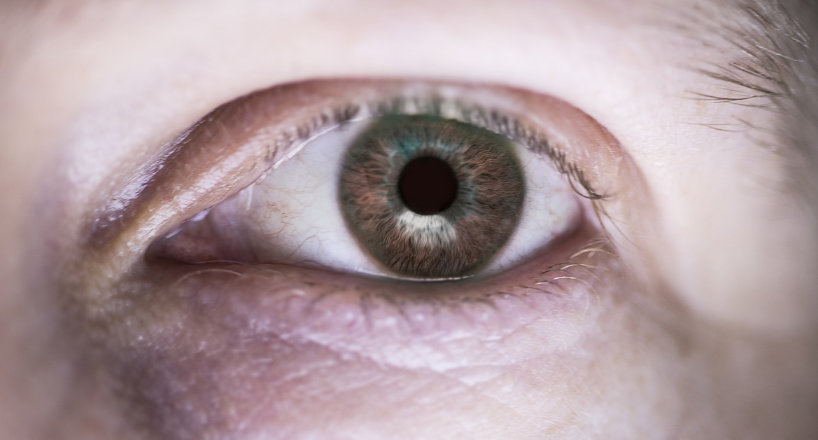Styes
A stye, also known as a hordeolum, is a common eye condition that results in a painful bump on the eyelid. It is caused by a bacterial infection of the oil glands in the eyelid and typically appears as a red, swollen lump that may be filled with pus. The infection can occur at the base of an eyelash (external hordeolum) or within the eyelid (internal hordeolum). Styes are usually self-limiting and will resolve on their own, but in some cases, they may need to be treated with antibiotics or drained by a healthcare professional. Symptoms of a stye include pain, redness, and swelling of the eyelid, as well as tenderness and a feeling of grittiness in the eye.
What causes a stye?
The oil glands on the eyelid in some cases end up being obstructed with dirt, dead skin, or an accumulation of oil. When this happens, germs can grow within.
The blockage is likewise commonly from eye cosmetics that block the orifices within the lid. This obstruction causes the gland to end up being infected and inflamed, leading to a stye. A stye can form on the within or the outside of the eyelid and can trigger swelling around the eye, sometimes impacting the entire eyelid.
Dealing with a stye
Styes are treated with antibiotics, frequently in moderate and severe cases with a prescription for oral prescription antibiotics to decrease the bacteria accountable for the infection. Treatment for a stye is recommended otherwise there is a possibility of recurrence. Applying a hot compress to the eye for 10-15 minutes a couple of times throughout the day will bring some relief and speed up the healing process.
Comparable to a pimple, the stye will likely burst, drain and recover by itself. Occasionally a stye, especially one within the eyelid will not resolve itself and may need the help of an optometrist for extra treatment.
In such a case the stye is surgically opened and drained to minimize the swelling and cosmetic issues associated with the style.
You should never pop a stye! This can trigger the germs to spread out and worsen the infection. The infection can then spread around the top and bottom eyelids and even reach the brain. If a style is worsening, uncomfortable, or irritated, contact your eye doctor for treatment.
In cases where styes occur regularly, your optometrist might decide to recommend a topical antibiotic ointment or a cleansing program to prevent a recurrence.
Chalazia: Another type of bump on the eyelid
Similar to a stye, a chalazion is a blocked oil gland on the eyelid that becomes enlarged. The primary distinction between a chalazion and a stye is that the chalazion is generally non-infectious. A chalazion on many events is an old hordeolum that did not fix.

Treatment involves covered health, warm compresses, and cover massage. In most cases, a chalazion needs surgical removal.